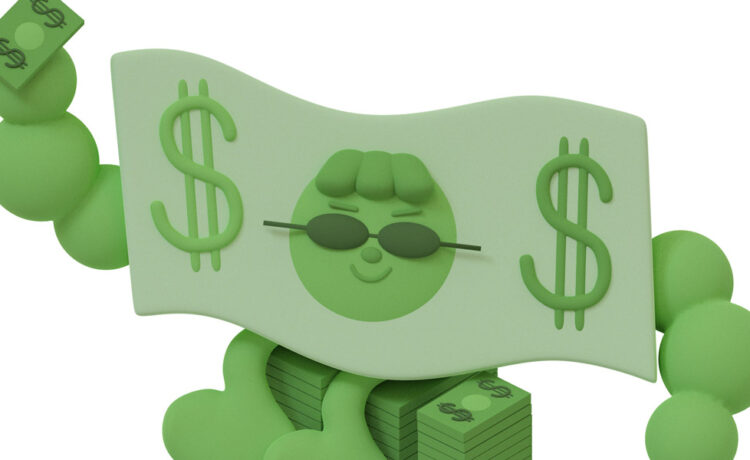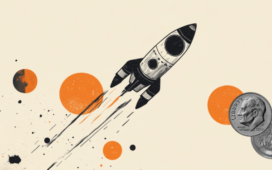
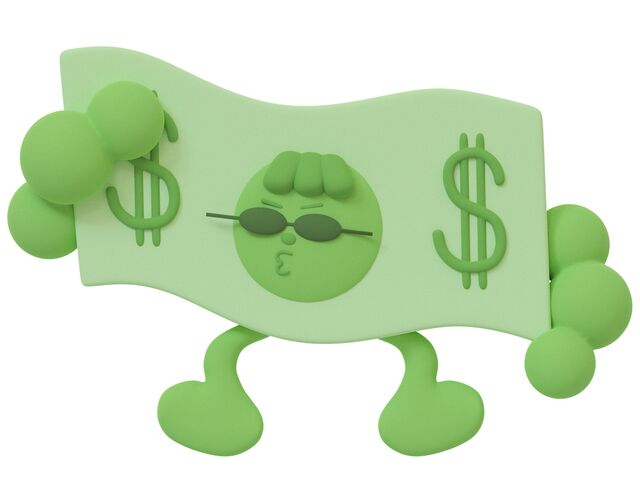
The currency is big, stable and entrenched in the global economy — which is also why it’s become a compelling target.
The US dollar is the closest thing there is to a global currency. It’s the payment method of choice for more international transactions than any other currency. It’s the primary reserve currency for countries around the world, whether friendly and hostile. Dozens of countries around the world peg the value of their local tender to it.
The dollar’s dominance tracks with the ascent of the US as a global superpower following World War II. Since then, investors have relied on dollars — and assets denominated in them, such as US Treasuries — to be among the best places to stash wealth, in both good times and in bad ones. The appeal is the country’s unmatched might and stability. Not only does the US possess the world’s most powerful military and largest economy, but it’s also governed by laws rather than the whims of rulers, assuring a degree of political steadiness.
Another advantage: dollar-denominated assets are so abundant that they’re among the most “liquid” assets in the world — meaning they can be easily bought and sold. People rush to dollars even when the US itself is in distress: During the US housing meltdown that started in 2008, the dollar rose more than 26% against a basket of six other major currencies in the span of 12 months.
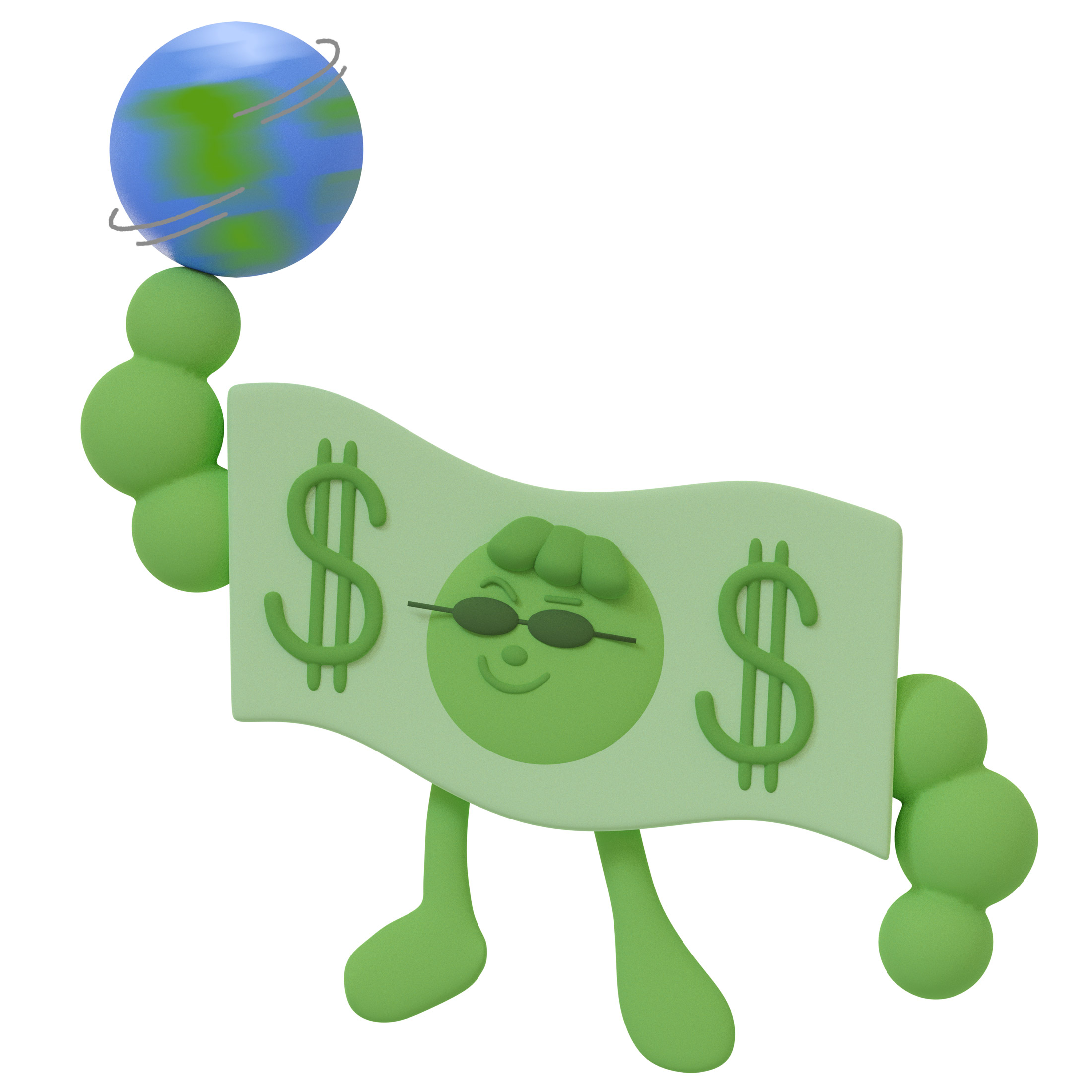
The US currency rules, in part, because the American economy is massive – it’s almost as big as No. 2 China, No. 3 Japan and No. 4 Germany combined. The US’s economic heft is also bolstered by the world’s biggest and most liquid capital markets. US stock markets dwarf those of other countries, and are home to many of the world’s richest and cutting-edge companies. The nation’s bond markets are bigger still, with the US Treasury market alone having swelled to $27 trillion. When companies need to raise cash, they’re most likely to turn to US markets, whether it’s to sell stock, issue bonds or take out loans.
US bank notes may have “In God We Trust” printed on them, but it’s the strength of American institutions that underpins people’s faith in the dollar. A strong rule of law usually prevents arbitrary uses of political power, and elections have historically been free and fair. The US Federal Reserve has a strong record of maintaining its independence, in contrast to central banks in many other countries. And the US is financially stable: It’s among only a handful of countries that have never defaulted on their debt or been wracked by hyperinflation. These qualities make the dollar an attractive store of value — and among the safest bets when markets go haywire.
The dollar has the power of incumbency on its side. The world’s reserve currency has changed over the centuries, but usually not without a crisis, a shift in economic dominance, and the passage of many years. British sterling started to lose its sheen in the 1890s, after the US overtook the UK as the world’s biggest economy. But it took another half century, two world wars and a full-blown fiscal crisis in the UK for the greenback to dethrone the pound. Fast-forward to today, and the obstacles to change are even greater. That’s because the world’s finances are knitted together more closely than they’ve ever been, and they’re engineered around the dollar. Supplanting the dollar, then, might require not only an economic or other major calamity but also a wholesale change in the way financial transactions are executed.
2 Who Benefits From a Strong Dollar — and Who Doesn’t
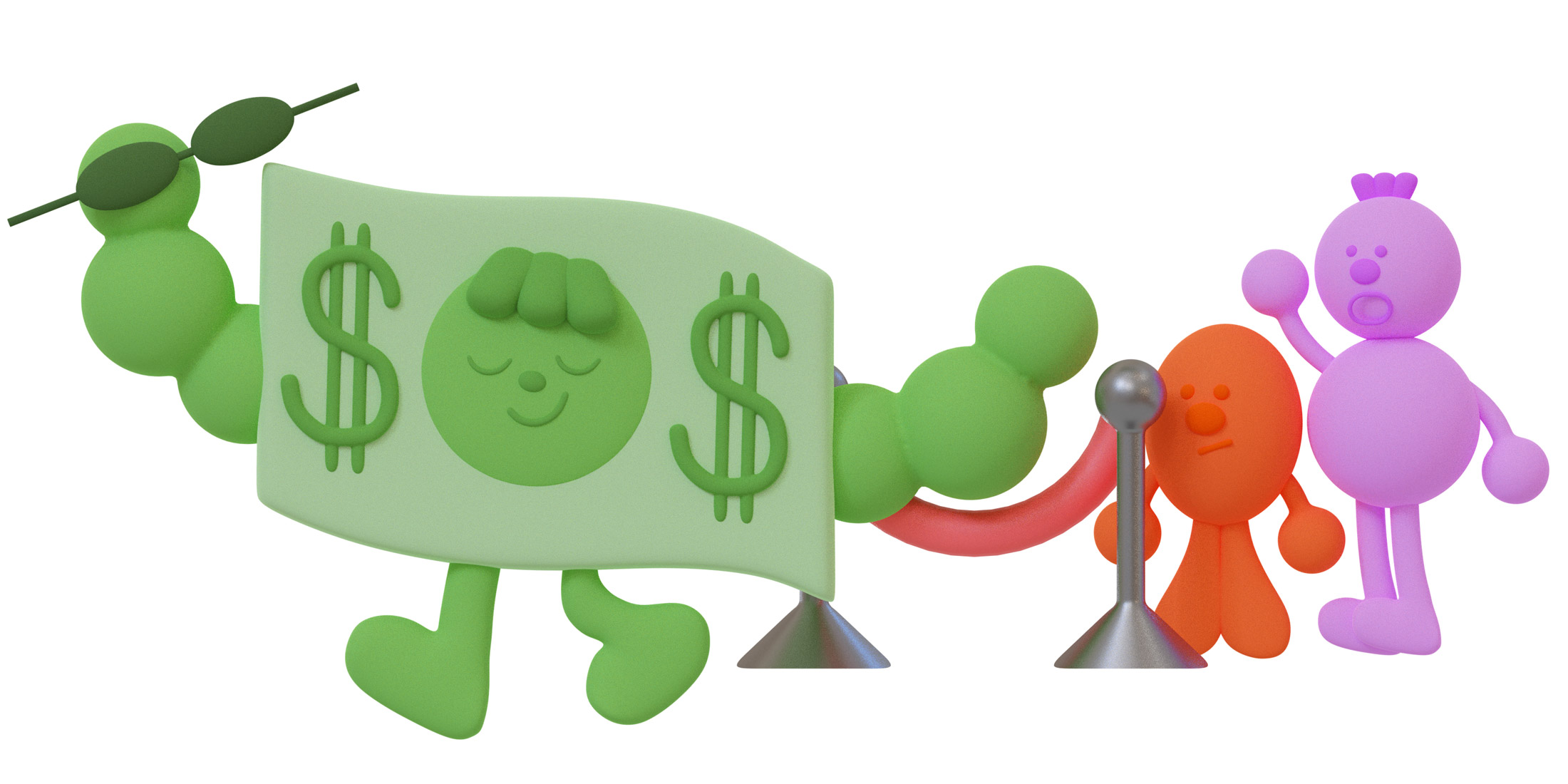
It depends on where you are in the global financial order.
One big benefit is that the US government can take on a giant debt load — at $34 trillion, its debt is notably bigger than the country’s annual $27 trillion in economic output — without having to pay a premium to creditors. Trust in and demand for the dollar also allows US borrowers to pay relatively low interest for home mortgages, auto loans and corporate debt. All of this helps to reinforce the very economic and financial dominance that made the dollar No. 1 in the first place. What’s more, being at the center of the global financial network means that the US is often shielded from the reverberations that occur when trouble strikes elsewhere in the global economy.
The rest of the world’s economic fortunes frequently rise or fall based on decisions made by the US (which also happen to usually benefit the US). For example, a decision by the Fed to raise interest rates may, in effect, rein in rent increases and grocery prices for ordinary Americans. But it also usually pushes up the value of the dollar compared with other currencies. If a country wants to prevent its own currency from falling against the dollar, it could follow suit with a similar rate increase. But what if that country’s economy doesn’t need to tap the brakes on inflation? Then it’s potentially squandering economic growth with a rate hike, all because it felt compelled to respond to US policy.
That same country could simply allow its currency to slide, but that would have other consequences, including the risk of fueling inflation. Also, any dollar-denominated debt held by that government and its people would become more expensive to pay off with local currency. That’s a big issue for a lot of countries, particularly those with developing economies. If the debts become too unmanageable, a financial crisis might even ensue.
Then there’s the American use of the dollar as a foreign policy tool. As the source of the world’s pre-eminent currency, the US is home to many of the world’s largest financial institutions, giving it control over the primary networks used for commerce and finance. This arrangement allows the US to use the dollar as a weapon by cutting off individuals, companies and governments from the global financial system. The US has subjected countries such as North Korea, Iran and more recently Russia to this kind of punishment, delivered in the form of economic sanctions. After Russia invaded Ukraine in 2022, the US and the European Union cut off seven Russian banks from SWIFT, the global financial messaging service. The US also immobilized some Russian assets, halted the central bank’s ability to trade in dollars and banned some of the country’s most prominent tycoons from the international financial system. The ruble plunged 30% against the dollar immediately after the first round of sanctions, although the currency has rebounded some since then, and the wartime Russian economy has pushed up wages and kept the economy humming despite the sanctions.
3 How Dollar Dominance Might Get Threatened

The biggest threats to the dollar lurk inside the US…
No federal government spending can happen without congressional approval, and Congress must periodically authorize increases in a separate “debt limit” to account for lawmakers’ new deficit spending. These must-pass votes provide ample opportunity for lawmakers to use their leverage to press for unrelated demands. In 2023, many Republican lawmakers opposed increasing the Treasury Department’s borrowing limit — for spending already approved by Congress — until President Joe Biden and his Democratic allies in Congress agreed to spending cuts. Repeated brinkmanship over the borrowing cap, which both of the major political parties have engaged in, led the Treasury to once again hit the debt limit in January. The department was forced to use emergency accounting measures for several months to stave off a default before a deal was finally struck.
It was just the latest time Congress flirted with default over the past decade. Each time Congress plays chicken with the nation’s debt or the government’s ability to fund itself, the dollar earns a fresh black eye. The threat of technical default has, on several occasions, prompted two of the three major credit assessors to strip the US of its top debt rating. Separately, congressional Republicans and Democrats have used the routine process for authorizing funding of government agencies as an opportunity to assert their leverage, bringing a certain routine to US government shutdowns.
There are risks stemming from the US overusing or abusing its privileged position at the center of the global currency universe. If the US gets too heavy-handed or unpredictable with its economic sanctions, then some countries could get serious about trying to find ways to reduce their exposure to the dollar. The BRICS club, which includes Brazil, Russia, India, China and South Africa, is recruiting oil-producing nations and others to join and shift away from the dollar, although for now, their progress has been limited.
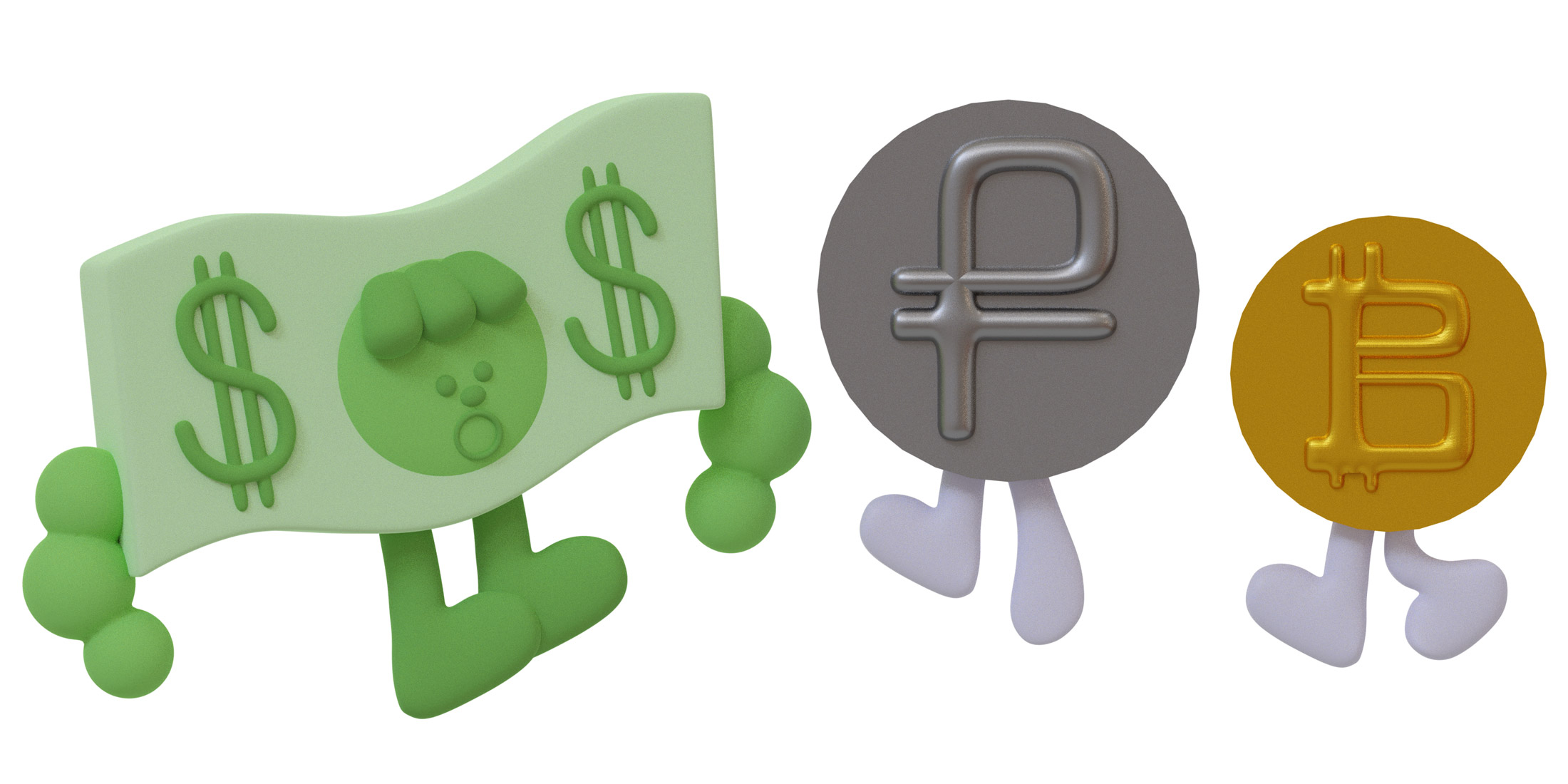
There are, of course, many other government-supported currencies around the world, and several of them have significant positions within the international financial firmament. But each — for now, at least — has significant shortcomings compared with the mighty dollar, as do the likes of gold and Bitcoin.
The euro — the common currency of much of the European Union — is the clear No. 2 globally, as measured by volume of international transactions, reserve holdings and the size of its capital markets. But it has immense hurdles to jump if it has any chance to topple the dollar. While some of the countries that underpin the euro have a much longer history than the US does, the currency itself is only about a quarter century old. And that short history has sometimes been rocky. In 2011, concerns about unsustainable debt in parts of the bloc almost blew up the entire project, with talk that countries like Greece and Italy might need to quit the common currency to avoid even greater economic calamity. The situation has stabilized following years of bailouts and recovery, but some tensions remain with budgetary decisions still made at the national level even as monetary policy is set for the whole euro area.
China is, of course, America’s largest geopolitical and economic rival, and there has been talk for years that the yuan might be a contender to supplant the dollar one day. While Beijing has taken steps to encourage international use of its currency, the government is handicapped in several ways. China’s economy is still $4 trillion smaller than the US’s, and perhaps more important, its capital markets remain tiny by comparison. Even if countries and companies wanted to hold a big share of their reserves in the so-called renminbi, there just aren’t enough liquid assets — analogous to US Treasuries — for investors to park their yuan in. For example, Russian companies began issuing local debt in yuan because the ruble is unattractive to investors and because they couldn’t get dollars. But there hasn’t been enough yuan to cover all Russian corporate financing, in part because China has limited its liquidity outside its borders. The Chinese system of government is also a drawback; it exerts strict controls over moving capital across borders, for fear that more money would flow out of the country than in. Also, the nation’s institutions have little independence, subjecting global investors to the whims of the central government. Until and unless money is fully liberalized in China, perhaps along with its system of government, China will probably have a hard time persuading enough investors to trust the yuan enough to make it a primary reserve currency.
Some people contend that the real heir to the dollar won’t be state-issued currency at all but gold or Bitcoin. Those options face different obstacles. Gold has been a store of wealth for millennia, and was a fundamental part of the global monetary system for much of the 20th century. But its use as a primary form of payment has proved risky to financial and economic stability, which is what led to the abandonment of the traditional gold standard in the 1930s and the scrapping of a modified version in the 1970s. Bitcoin and other cryptocurrencies are much newer, and they have yet to show the kind of stability and widespread acceptance that would be needed for a global reserve currency.
5 So, Is the Dollar Under Threat?
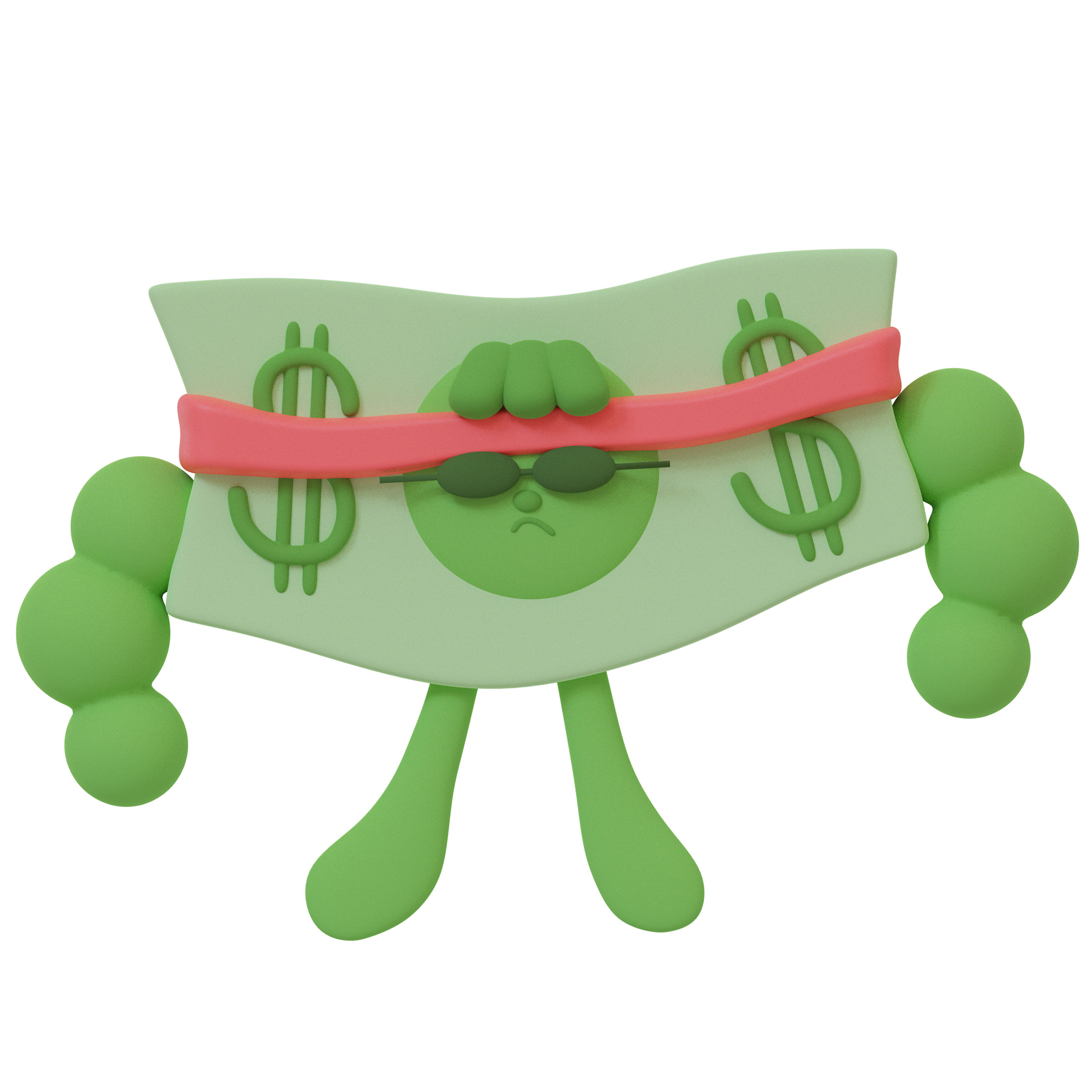
Mostly no. Discontent with the dollar’s dominance has intensified as the US has increasingly used economic sanctions as a tool to punish adversaries. The US’s divided politics may well further undermine the dollar. But for now, there’s a lot more talk about a post-dollar world than action, as there’s no clear contender to take over any time soon. Even so, the world once regarded the Florentine florin and the Dutch guilder as pillars of international finance, and now those currencies are footnotes in history books.

